What’s the Buzz
The Bee Healthy Blog
How is Ventricular Arrhythmia (VFib) Treated?

Ventricular fibrillation (also called VF, VFib, or V-fib) is a potentially fatal heart rhythm abnormality or arrhythmia. This type of irregular heartbeat is the leading cause of sudden cardiac death. Therefore, it is critically important to promptly treat V-fib. Please continue reading to find out the treatment options for ventricular fibrillation.
What causes ventricular fibrillation?
There are different types of arrhythmias (dangerous heart rhythms), such as atrial fibrillation, atrial flutter, ventricular tachycardia, premature ventricular contractions, and ventricular fibrillation.
In people with a medical history of V-fib, the ventricles (lower chambers of the heart) beat in a very rapid, erratic, and disorganized manner, preventing the heart from pumping blood properly.
Ventricular fibrillation occurs due to a problem with the heart’s electrical signals or a disruption in blood flowing to the heart muscle. Sometimes, the cause of ventricular fibrillation remains unknown.
A major risk factor for ventricular fibrillation is previous episodes of V-fib or other ventricular arrhythmias. Other most common risk factors include myocardial infarction or myocardial ischemia (acute heart attack or prior heart attack), hypertrophic cardiomyopathy (weakened heart muscle), congenital heart defects (defects present from birth), substance abuse (stimulants like methamphetamine or cocaine can affect heart function), electrolyte abnormalities (for example, severe changes in potassium and magnesium levels), certain genetic diseases (for example, long or short QT syndrome), and injuries to the heart muscle (for example, from lightning strikes).
What are the symptoms of ventricular fibrillation?
Ventricular fibrillation symptoms include chest pain, rapid heartbeat, shortness of breath, dizziness, and nausea.
How is a ventricular fibrillation diagnosed?
A ventricular fibrillation diagnosis in an emergency is made from the absence of a pulse (sudden cardiac arrest). During an in-hospital cardiac arrest, once the heart rhythm has been restored to normal, doctors may perform the following tests to identify the underlying reason for ventricular fibrillation: Blood tests, chest X-ray, EKG (to check the heart’s electrical activity), echocardiogram (ultrasound examination of the heart), coronary catheterization (to check for blockages in blood supply to the heart), and cardiac CT and MRI studies (to obtain detailed images).
Can V-fib stop on its own?
V-fib very rarely stops on its own because several abnormal electrical signals are often present independently of each other, and it is unlikely that all the abnormal circuits will stop simultaneously. That’s why it’s important to have ventricular fibrillation treated.
What is the first treatment for V-fib?
The first treatment for V-fib is cardiopulmonary resuscitation (CPR) and the use of a device called an automated external defibrillation (AED). Remember, ventricular fibrillation is a medical emergency. Without treatment, it can result in sudden cardiac death within minutes. If someone collapses, you should follow these steps:
- Call your local emergency number (911 in the US).
- If the person has lost consciousness and is unresponsive, check for a pulse.
- If a pulse is absent, start cardiopulmonary resuscitation (CPR). The American Heart Association recommends hands-only CPR (no mouth-to-mouth rescue breaths).
- To perform CPR, place the person on their back on a firm, flat surface. Kneel close to the person. Place your hands on the person’s chest (one hand on top of the other with your fingers interlaced). Your shoulders should be directly above your hands, and your elbows should be locked. Press down firmly on the chest by at least 2 inches. Perform 100-120 compressions per minute. Allow the person’s chest wall to rise fully after compression. CPR should be continued until emergency medical services arrive to provide advanced cardiac life support.
- Ask a bystander to see if an automated external defibrillator (AED) can be found nearby. If an AED is available, follow the directions on the device. AED devices are programmed to identify ventricular fibrillation and will only deliver a shock to the heart if it is needed.
After an acute V-fib emergency, healthcare providers may prescribe medications to treat underlying medical conditions or recommend an implantable device or surgery to prevent future episodes of ventricular fibrillation.
What is the drug treatment for ventricular arrhythmia?
During an acute episode of ventricular fibrillation, drugs such as vasopressin, epinephrine, or amiodarone may be used after attempts at defibrillation. Antiarrhythmic medications such as amiodarone may be prescribed long-term to manage ventricular fibrillation patients. These drugs help slow and control the heart rhythm, prevent ventricular fibrillation, and lower the risk of sudden cardiac death. However, the antiarrhythmic therapy of choice is usually an implantable cardioverter defibrillator (ICD) device. Drug treatment for ventricular fibrillation is typically reserved for patients who are not candidates for an ICD or refuse ICD placement.
What is the surgical treatment for ventricular fibrillation?
Implantable cardioverter-defibrillator (ICD)
This device is similar to a pacemaker, and it is implanted in the upper chest, just below the collarbone. An ICD performs continuous monitoring of the heart, and if ventricular fibrillation (VF) is detected, it sends a shock to reset the heart to a normal rhythm so that the blood pumps evenly.
Catheter ablation
This is a procedure in which the area of heart tissue that is giving rise to abnormal electrical signals and ventricular fibrillation is ablated (scarred) using heat or cold energy. Cardiac ablation can be done either during surgery or by using catheters (long, thin tubes) that are guided to the heart through blood vessels.
Percutaneous coronary intervention
If the cause of ventricular fibrillation is a heart attack, interventional cardiology specialists can perform a minimally invasive procedure called a coronary angioplasty with stent placement to ensure enough blood flow to the heart and lower the risk of ventricular fibrillation episodes in the future. This procedure is done by inserting a catheter (a long, thin, flexible tube) into a blood vessel near the groin and guiding it up to the blocked artery in the heart. There is a balloon at the catheter tip that is inflated to open up the artery and restore the flow of blood to the heart muscle. A stent is sometimes left in place to keep the artery open.
Coronary artery bypass grafting (CABG)
Also called open-heart surgery, coronary artery bypass grafting may be done if significant coronary artery disease is the underlying cause of ventricular fibrillation. This procedure bypasses a complete or partial blockage in an artery in people with heart disease. The surgeon redirects blood flow through a new pathway made from a blood vessel taken from another part of the body.
What is the best treatment for V-fib?
The best treatment for V-fib is immediate medical attention, cardiopulmonary resuscitation (CPR), and the use of an automated external defibrillator (AED) in an emergency situation. These measures can save a life and prevent long-term complications. Medications, ICD placement, and surgical procedures may be done once the acute episode is over to treat the underlying cause of ventricular fibrillation and prevent frequent V-fib events.
What happens if VFib is not untreated?
If ventricular fibrillation is not treated, it can result in sudden cardiac arrest and death within minutes. The rapid and uncoordinated contractions of the heart’s lower chambers cause the heart to suddenly stop pumping blood to the body. The low cardiac output leads to a rapid and severe drop in blood pressure, starving the body of blood and oxygen. The longer the body is without an adequate blood supply, the higher the risk of permanent organ damage and death. The faster a person receives treatment for ventricular fibrillation, the lower the risk of long-term complications.
References:
- https://www.mayoclinic.org/diseases-conditions/ventricular-fibrillation/symptoms-causes/syc-20364523#overview
- https://www.hopkinsmedicine.org/health/conditions-and-diseases/ventricular-fibrillation#
- https://www.redcross.org/take-a-class/cpr/performing-cpr/hands-only-cpr
- https://www.ncbi.nlm.nih.gov/pmc/articles/PMC1768087/#



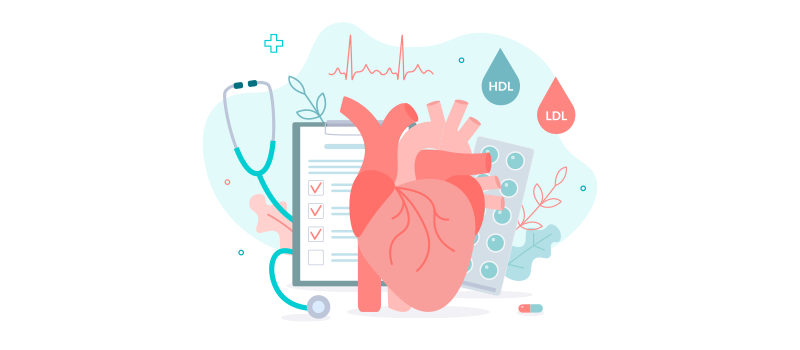

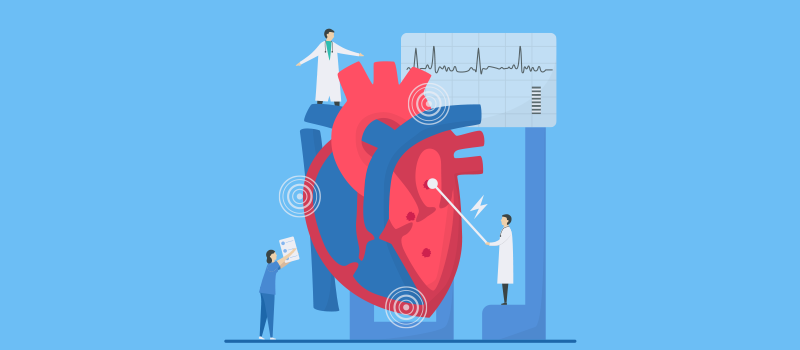

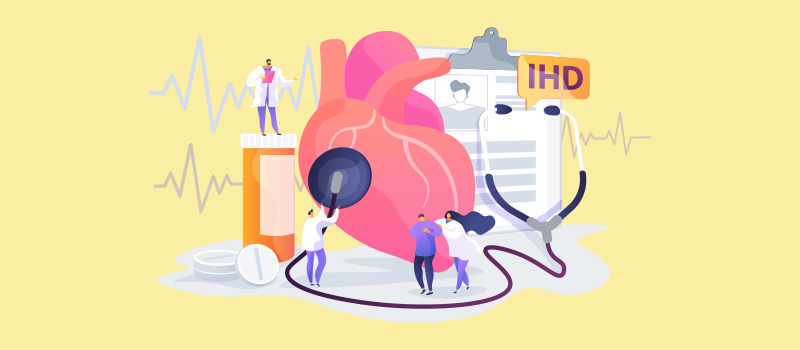

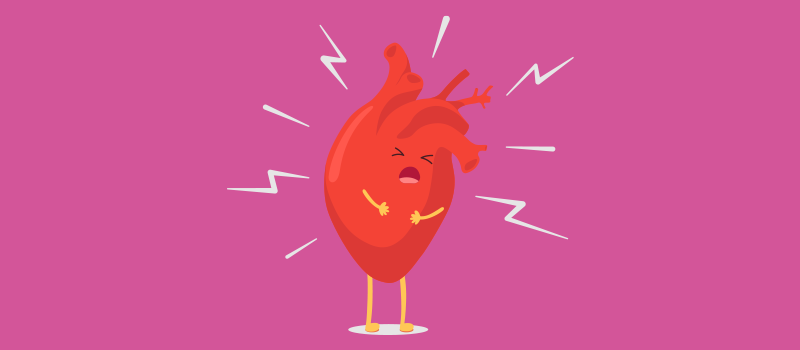

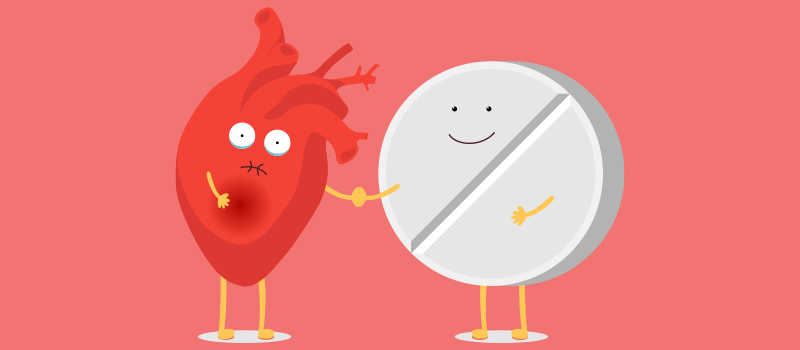
SOCIAL